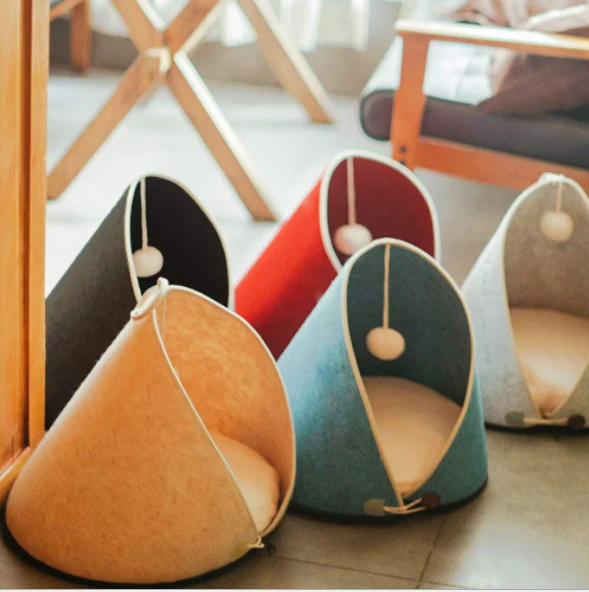How to Build Acoustic Panels A Comprehensive Guide
Acoustic panels are essential for improving sound quality in any space, whether it’s a home studio, a rehearsal room, or a listening area. They can absorb unwanted sound reflections, reduce echo, and create a more pleasant acoustic environment. Building your own acoustic panels may seem daunting, but with the right materials and a bit of effort, you can create effective solutions tailored to your specific needs. Here’s a step-by-step guide on how to build acoustic panels.
Materials Needed
1. Fiberboard or Acoustic Foam The main purpose of the panel is sound absorption, and both fiberboard and acoustic foam are great options. Fiberglass batts are commonly used as they provide excellent sound absorption qualities.
2. Wood Frame This will house your acoustic material. Use 1x4-inch boards for a sturdy frame.
3. Fabric Choose a breathable material to cover the panel. Wool or polyester fabrics are popular choices as they allow sound to penetrate while enhancing aesthetics.
4. Wood Glue and Screws For assembling the frame securely, you'll need quality wood glue and screws.
5. Staple Gun This will help attach the fabric to the frame.
6. Saw and Drill Essential for cutting and assembling the frame.
7. Measuring Tape and Straight Edge For precise measurements and cuts.
Step-by-Step Instructions
1. Measure and Cut the Wood
Start by determining the desired size of your panels. Common dimensions are 2x4 feet or 2x2 feet, but you can customize them to fit your space. Using the measuring tape, mark the wood and cut it to the required lengths.
2. Assemble the Frame
how to build acoustic panels

Once you have all your pieces cut, lay them out to form a rectangle or square. Use the wood glue on the joints, then secure them with screws for added strength. Make sure the frame is square by measuring the diagonals – they should be equal.
3. Cut the Acoustic Material
If you’re using fiberglass batts or another type of acoustic material, cut it to fit snugly within your frame. Ensure it’s slightly smaller than the inside dimensions of the frame to make inserting it easier.
4. Cover the Panel
Lay your fabric on a flat surface, then place the frame on top of it. Pull the fabric tightly over the back of the frame and use the staple gun to secure it, leaving enough excess fabric for all edges. Start with the long sides, and then staple the short sides, making sure the fabric is taut.
5. Assemble the Panel
Once the fabric is securely attached, check the corners and edges to ensure there are no wrinkles or loose areas. Fold any excess fabric neatly, and staple it securely to the back of the panel.
6. Finish the Edges
To give your panels a professional look, you may choose to add a trim around the outside or simply ensure that the back is neatly finished. You can paint the wood frame if desired.
Installation Tips
- Positioning Mount your panels at reflection points, which are typically opposite your speakers or sound sources. You can use adhesive strips, wall hooks, or directly screw them into the wall. - Height Mount panels at ear level when seated for maximum effectiveness.
- Spacing Consider leaving a small gap between panels to allow for air circulation, enhancing their acoustic performance.
Conclusion
Building your own acoustic panels is a rewarding project that can significantly enhance the audio quality of your space. With the right materials, simple tools, and a careful approach, you can create beautiful panels that suit your décor and soundproofing needs. Not only will you enjoy a more acoustically balanced environment, but you’ll also have the satisfaction of knowing you crafted these panels yourself. Happy building!
-
Waterproof Dog Blankets for Indoor and Outdoor UseNewsAug.01,2025
-
Sustainable Wool Cat Beds Eco-Friendly Choices for Pet OwnersNewsAug.01,2025
-
Snuffle Ball Benefits for Dogs Mental Stimulation and ExerciseNewsAug.01,2025
-
Puppy Treat Puzzles as Social Tools Fostering Bonding Through PlayNewsAug.01,2025
-
Custom Wooden Pet Houses Tailored to Your Pet’s PersonalityNewsAug.01,2025
-
Corrosion Resistance in Environments: A Guide for Washer Hose ClampsNewsAug.01,2025
